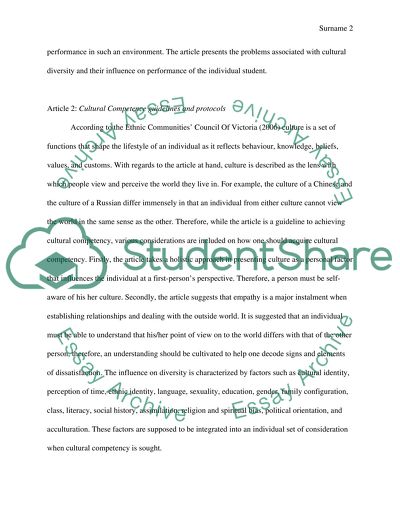Cite this document
(“Teaching in a Diverse Society Term Paper Example | Topics and Well Written Essays - 3250 words”, n.d.)
Teaching in a Diverse Society Term Paper Example | Topics and Well Written Essays - 3250 words. Retrieved from https://studentshare.org/education/1497169-teaching-in-a-diverse-society
Teaching in a Diverse Society Term Paper Example | Topics and Well Written Essays - 3250 words. Retrieved from https://studentshare.org/education/1497169-teaching-in-a-diverse-society
(Teaching in a Diverse Society Term Paper Example | Topics and Well Written Essays - 3250 Words)
Teaching in a Diverse Society Term Paper Example | Topics and Well Written Essays - 3250 Words. https://studentshare.org/education/1497169-teaching-in-a-diverse-society.
Teaching in a Diverse Society Term Paper Example | Topics and Well Written Essays - 3250 Words. https://studentshare.org/education/1497169-teaching-in-a-diverse-society.
“Teaching in a Diverse Society Term Paper Example | Topics and Well Written Essays - 3250 Words”, n.d. https://studentshare.org/education/1497169-teaching-in-a-diverse-society.


